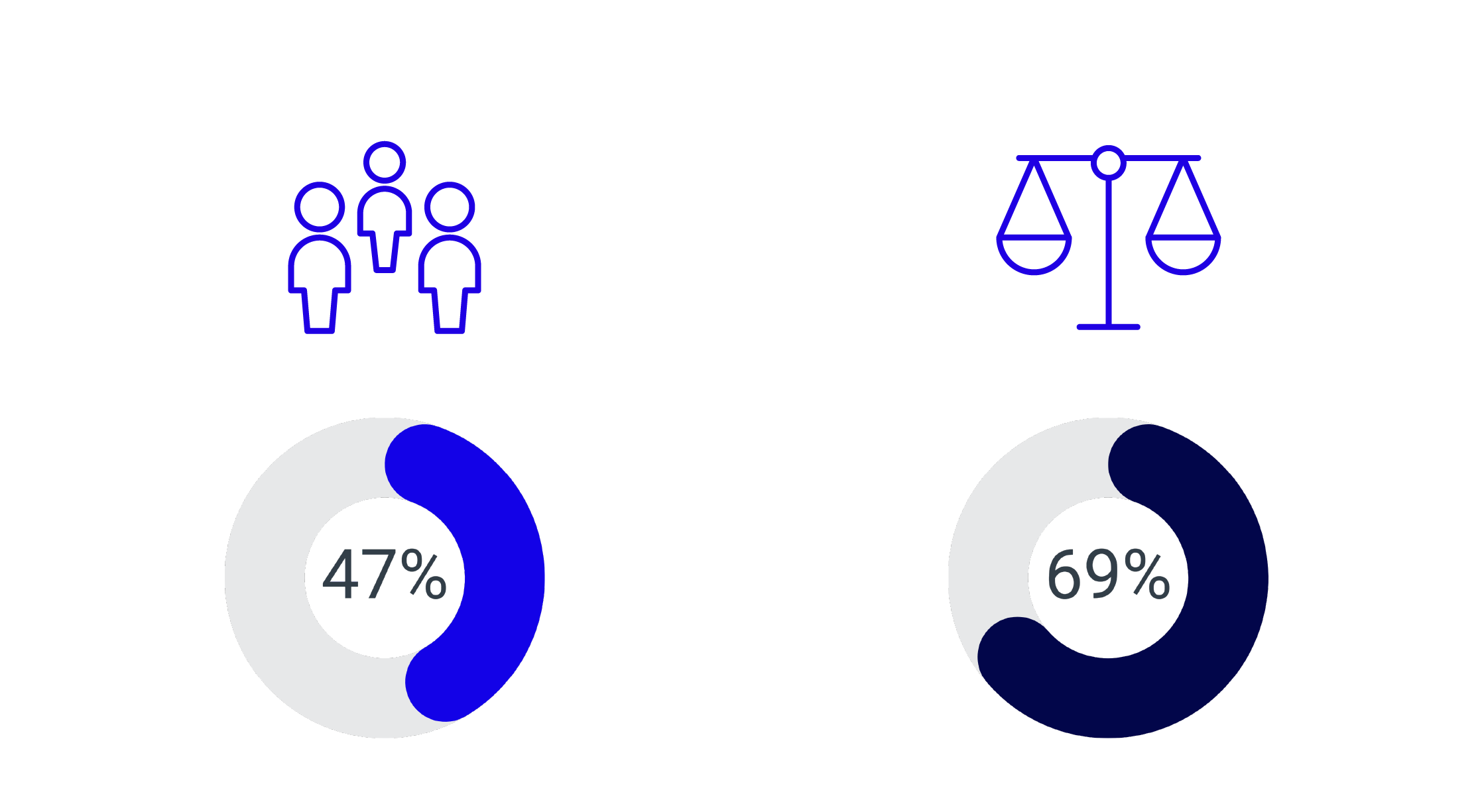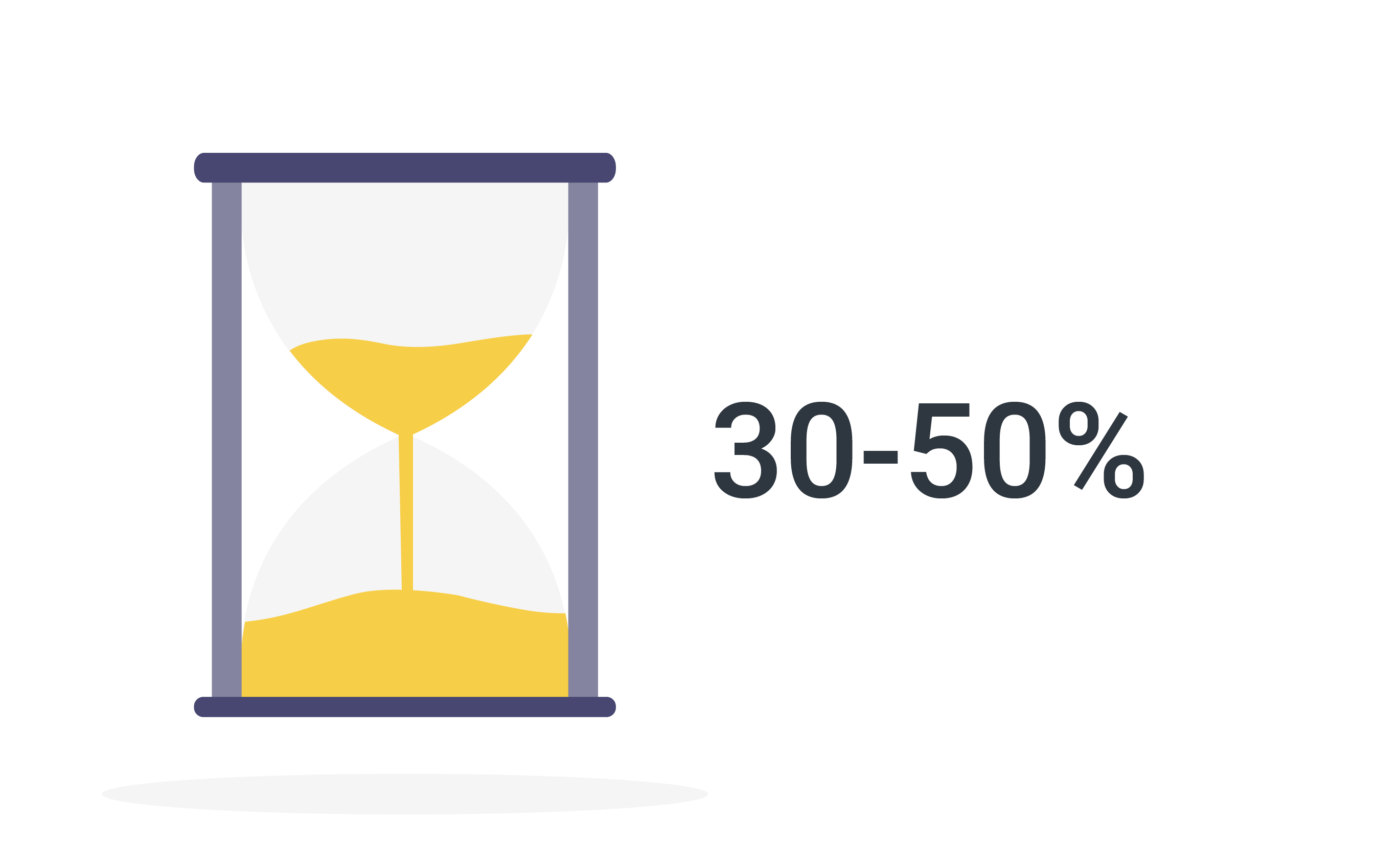How can midsize law firms make good on the promise of AI?
Amidst all the buzz, clamor — and yes, hype — around AI over the past couple of years, midsize law firms are starting to recognize its transformative power. But how and where to get started? What use cases make the most sense — and what types of AI should they use? What guardrails need to be in place? Moving forward requires a thoughtful approach by midsize firms if they hope to make good on the promise of AI.
Finding the right point of entry
When properly deployed, AI can remove some of the more boring or repetitive aspects of a legal professional’s work, freeing them up to focus on higher-value activities. Simply put, it can take some of the daily drudgery off their plates, giving them precious time back in their busy days. Recent research bears this out:

According to a 2023 McKinsey report, automation — including AI-driven document management — can save up to 30–40% of time spent on routine administrative tasks in law firms.
That certainly sounds like a winning strategy, but there is no magic wand for unlocking these AI efficiencies. For starters, midsize law firms often have limited human and financial resources, so they need to tread carefully when adopting "out-of-the-box” or non-customized AI tools.
Midsize law firms may also have fewer specialized resources and subject matter expertise around AI. Legal professionals wear many hats and deal with multiple competing priorities, and their firms may not have made the investments in their information architecture (more on that in a bit) to enable them to use generative AI effectively.
Fortunately, generative AI is just one type of AI, and there are multiple entry points into the world of artificial intelligence for midsize law firms. Midsize law firms can get started right away with other aspects of AI that have nothing to do with generative AI.
No need to boil the ocean
Start by automating lower-risk but high-value administrative tasks, such as email filing, jobs that don’t require significant changes to the workflow or create a need to upskill employees.
The ABA Legal Technology Survey Report published in 2022 noted that 47% of lawyers were interested in AI tools for automating email management tasks like filing and sorting. More recently, the 2024 ILTA technology survey showed that 69% of law firms are already using or planning to use AI tools for various administrative tasks, including email automation.

Signaling a gradual progression from consideration to implementation, this approach to AI does not aim to “boil the ocean” or to try to do everything at once. Midsize law firms can use AI to focus on specific workflows, processes, and problems, and automate individual aspects of these to increase efficiency rather than overhaul an entire operation.
Many firms may already be using platforms with AI functionality that can be applied to a specific task, lowering the barrier to getting started. Once a specific pain point has been addressed, firms can identify other areas where they can apply AI to automate a task, providing scalability and a steady accumulation of “quick wins.”
Getting more sophisticated
Starting with powerful automation successes demonstrates AI’s value to any skeptics within the organization. And after midsize law firms have “dipped their toes” in the AI waters, they might feel more confident about exploring other forms of AI, such as generative AI — and there are good reasons to take the plunge.
Generative AI can assist with everything from legal research to content generation and can help professionals draft routine items from the most basic correspondence to preliminary versions of long, complex documents.
McKinsey’s research indicates that natural language AI can streamline legal research, reducing the time legal professionals spend on these tasks by 30–50%.

Thomson Reuters’ 2024 Generative AI in Professional Services report indicates that “brief or memo drafting” and “correspondence drafting” are the third and fifth most popular use cases for law firms, respectively.
It’s important to note, however, that the answers generative AI serves up and the content that it generates are only as good as the underlying information it draws on. The known limitations of generative AI — most notably, hallucinations — present a pitfall that needs to be carefully avoided.
For this reason, gen AI requires solid information architecture (IA) to deliver the best results. Well-organized data that is properly classified and tagged with metadata is more findable, more accessible, and more usable for tools like gen AI.
But what’s the best way for midsize firms to go about creating this foundational information architecture? This question is pivotal for organizations without a dedicated knowledge management team, and who may also have less experience navigating challenges around new technology than a larger firm with greater resources.
Shoring up your IA to capture the benefits of AI
Fortunately, efforts to organize data can occur in parallel with deployments of the simpler AI automations already discussed. And, there are several practical steps midsize law firms can take toward getting their IA — information architecture — in order.
First, identify where the “good” data lives within the organization. Your document management system (DMS) should provide a single, central location to start from instead of files and emails scattered across different hard drives, folders, and inboxes.
Next, decide which data the gen AI engine will draw on to create answers and generate content. You don’t want to overwhelm the model with too much information by exposing it to all your data. Instead, pick a subset that is current, relevant, and reflective of the firm’s best work.
Don’t worry — you don’t need an official “Knowledge Management” function in your organization to follow these steps. You can make the process as comprehensive or minimal as your resources allow. And we recommend you start by making your data target an easily achievable goal. For example, you can simply create a folder titled something like “Best practices” or “Final contracts,” fill it with your best content, and point gen AI to that folder to ground its responses.
We should add that AI tools can assist you in automating the task of classifying documents correctly in the first place. This lightens the work of identifying what is a real estate lease, for instance, versus what is an employment contract, particularly for firms with a large document estate. Flagging your best examples in real time, so to speak, can also be a big help.
Yes, but … care should be paid to the curation and ongoing maintenance of the contents of these folders. Make sure to set reminders for someone to revisit and update, prune, or refresh that material on a regular cadence.
Striking the right balance
Because midsize law firms manage confidential and privileged information, a solution that enforces established security and governance around the material that gen AI is grounded in can enable you to set the necessary guardrails in place.
Firms also want to ensure uniformity of responses from gen AI. They don’t want Lawyer #1 and Lawyer #2 getting different responses to the same question because they have different security permissions. To avoid this, firms may decide to implement a more open security posture for a small subset of material like that “Best practices” folder, and take steps to ensure no highly privileged information is stored there.
Striking the right balance to ensure both security and access to valuable knowledge takes a bit of extra planning, but the results are lasting and well worth the effort.
The promise of AI, fully within your reach
Ultimately, the ability to realize the benefits of AI is fully within the reach of midsize law firms. You can get started almost immediately with “low-hanging fruit" applications that remove pain points, generate value, and turn skeptics into believers. And, once you take some initial steps around shoring up IA, generative AI becomes a viable option, as well.
Taken together, these simple steps provide a way for midsize law firms to get started with AI today while paving a path for tomorrow. Yes, you can make good on the promise of this evolving technology and deliver better business outcomes as the future unfolds.


Laura brings a global perspective to legal technology, helping knowledge professionals build confidence in AI. Through user insights and trend analysis, she identifies core challenges and translates them into benefit-driven narratives that show how tools like Ask iManage and Co-authoring reduce friction, enhance collaboration, and improve work quality.
Making Knowledge Work
Request a demo
Ready to see how iManage can make a difference to your organization?
Book a Demo